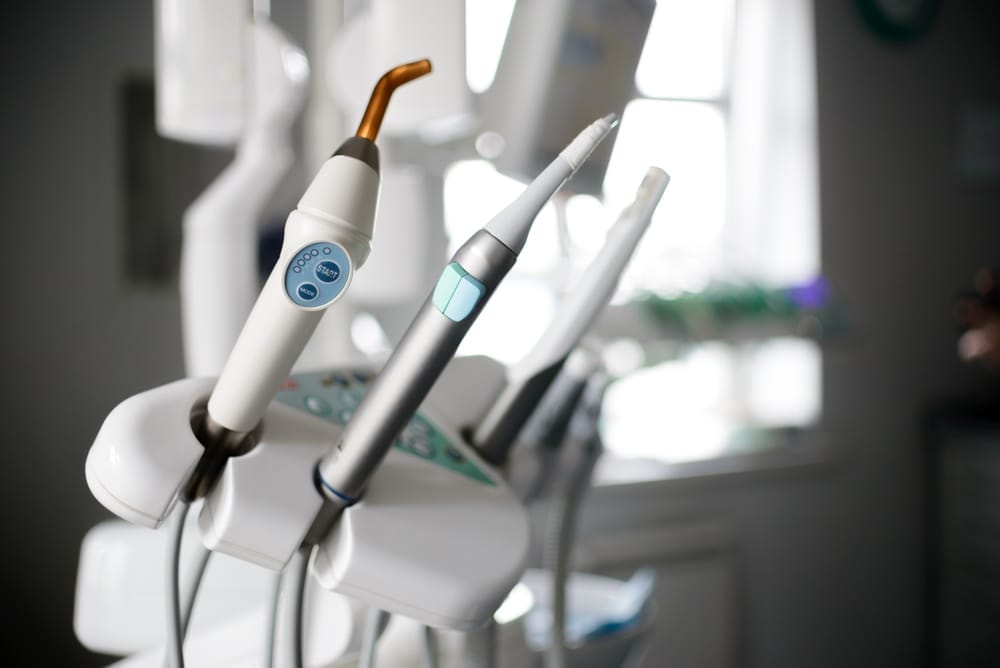 In the field of modern dentistry, the question of whether a tooth can be fixed without drilling has sparked curiosity and debate among patients seeking less invasive treatment options. While traditional methods often involve the use of drills for various dental procedures, advancements in technology have paved the way for alternative approaches that prioritize preserving natural tooth structure. By exploring techniques like air abrasion, laser dentistry, dental bonding, and remineralization treatments, a new horizon of possibilities emerges for those seeking a gentler touch in dental care.
In the field of modern dentistry, the question of whether a tooth can be fixed without drilling has sparked curiosity and debate among patients seeking less invasive treatment options. While traditional methods often involve the use of drills for various dental procedures, advancements in technology have paved the way for alternative approaches that prioritize preserving natural tooth structure. By exploring techniques like air abrasion, laser dentistry, dental bonding, and remineralization treatments, a new horizon of possibilities emerges for those seeking a gentler touch in dental care.
Remineralization Treatments
Remineralization treatments are a conservative approach aimed at repairing early stages of tooth decay through the natural process of mineral restoration. These treatments utilize natural remedies to enhance enamel repair by depositing essential minerals such as calcium and phosphate back into the tooth structure. By promoting remineralization, the enamel can regain its strength and integrity, reversing the initial damage caused by acids produced by bacteria in the mouth.
Natural remedies like fluoride toothpaste, fluoride varnishes, and calcium phosphate pastes are commonly used to facilitate the remineralization process. Fluoride, in particular, has shown effectiveness in helping to rebuild weakened enamel and prevent further decay. These treatments not only repair the enamel but also strengthen it, providing a protective barrier against future acid attacks.
Air Abrasion Technology
Utilizing advanced technology in modern dentistry, air abrasion is a minimally invasive technique that offers an alternative to traditional drilling for treating dental caries. This innovative approach involves using a stream of abrasive particles propelled by compressed air to remove decayed tooth structure gently. Air abrasion allows for minimal intervention, preserving more of the healthy tooth structure compared to traditional drilling methods.
One of the significant advantages of air abrasion technology is that it offers painless procedures for patients. The technique generates minimal heat and vibration, reducing discomfort during the treatment process. As it is a non-contact procedure, there is often no need for anesthesia, making it an attractive option for individuals who may be anxious about dental procedures involving needles or drills.
Laser Dentistry
Laser dentistry is an innovative and precise dental treatment method that utilizes concentrated light beams to address various oral health issues. This advanced technology allows for painless procedures and precise treatment, making it an attractive option for patients seeking a more comfortable dental experience. The laser can be used for a variety of procedures, including gum disease treatment, cavity preparation, and teeth whitening.
One of the key benefits of laser dentistry is the quick recovery time associated with the procedures. The focused light beams help to minimize bleeding and swelling, leading to faster healing compared to traditional methods. Additionally, the precision of the laser allows for targeted treatment, preserving more of the healthy tooth structure while addressing the problem area effectively.
Dental Bonding
Dental bonding is a common dental procedure that involves the application of a tooth-colored resin material to repair teeth that are chipped, cracked, discolored, or decayed. This technique is also known as composite fillings or tooth-colored fillings. During the procedure, the dentist will apply the resin to the affected tooth, sculpt it into the desired shape, and then harden it using a special light. Dental bonding is a versatile treatment option that can improve the appearance of teeth by enhancing their shape, size, and color. It is a relatively quick and painless procedure that typically requires only one visit to the dentist.
One of the advantages of dental bonding is that it preserves more of the natural tooth structure compared to traditional treatments like crowns or veneers. Additionally, the material used in dental bonding is durable and can last for several years with proper care. This makes dental bonding a practical solution for minor cosmetic issues and small cavities.
Fluoride Treatments
Fluoride treatments are commonly used in dental care to strengthen tooth enamel and prevent tooth decay. The advantages of fluoride include its ability to remineralize areas of the teeth that have been affected by acid attacks from bacteria. This mineral can reverse early signs of tooth decay and prevent the formation of cavities. Fluoride application is a non-invasive treatment that can be given in various forms, such as gels, varnishes, or mouth rinses.
Regular fluoride treatments are particularly beneficial for individuals who are at a higher risk of developing cavities, such as children, seniors, or those with certain medical conditions. Dentists often recommend fluoride therapy as part of a thorough preventive dental care plan to maintain excellent oral health.
At Riverside Dental, we understand that not everyone is comfortable with traditional drilling procedures. That’s why we offer a range of alternative options for fixing teeth. Our team is dedicated to providing gentle and effective treatments that prioritize your comfort and oral health. Contact us today to explore the best solution for your dental needs without the need for drilling.



Leave a Reply